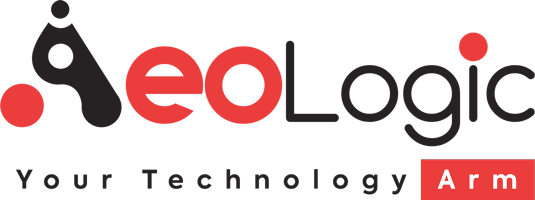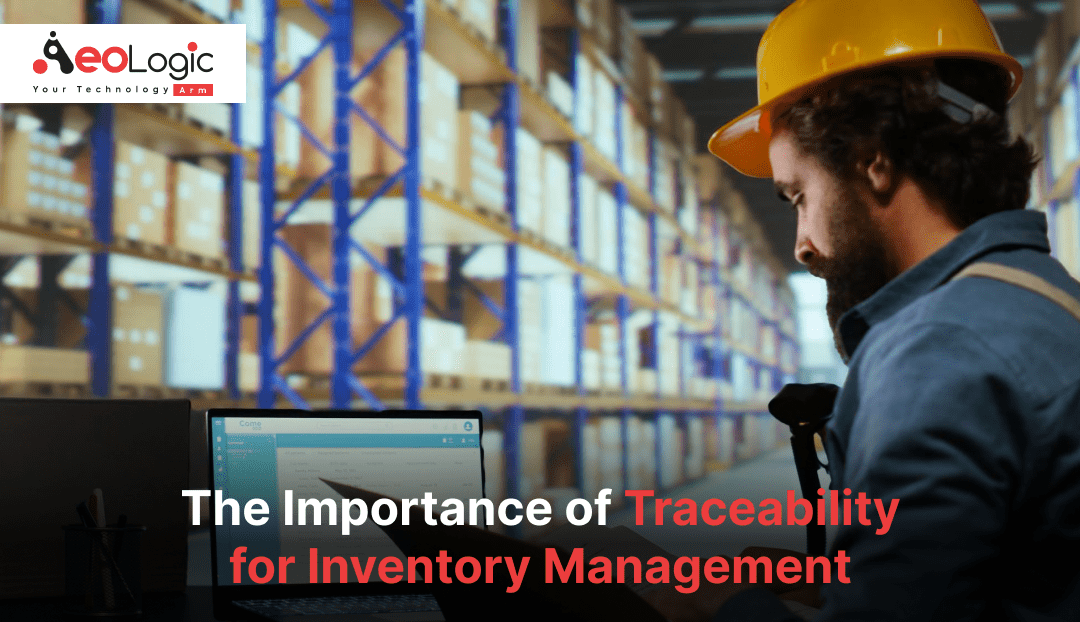As we all know, traceability solutions allows items to be tracked throughout the supply chain, from the moment they are made to when they are sold. This information may include the date and time of each movement, as well as its location. In case of a manufacturing failure, the origin of the problem can be easily identified, and a prompt recall of all affected batches can be started at the client. Powerful traceability solutions easily connect external supplier and customer data, as well as internal data sources such as IoT or robots, and logistics activities (goods receipt, inventory, goods issue, production control).
Let’s take a closer look at how traceability may help corporations maintain track of their inventory. But first understand what are the important technologies required in traceability systems.
Technologies Required for Traceability
Traceability requires the integration of several of the following technologies and technical processes:
A system that generates unique identifiers or tags for products ranging from thousands to hundreds of millions. This is commonly referred to as “product serialisation”.
Hardware and technique for printing and applying unique identifiers such as barcodes, QR codes, data matrixes, or electronic chips (RFID, NFC) to product packaging, cases, and/or pallets. With Aeologic’s advanced RFID solution, you can streamline the process and ensure accurate tracking and management of your assets.
Cameras, chip scanners, handheld devices, and smartphone-based mobile apps are all examples of technologies used to scan codes on products throughout the supply chain.
Containers, trucks, and other logistical units are often tracked using GPS and environmental sensors.
Integrations between your printer, warehousing, and Manufacturing Execution System (MES), Enterprise Resource Planning (ERP), and traceability platform to record every important supply chain events at the source.
Also Read: Drive Supply Chain Transparency with Traceability Solutions
Importance of Traceability for Inventory Management
Traceability adds substantial value to firms with a big inventory to manage by detecting parallel imports, enhancing distributor inventory management, simplifying product recalls, helping with sustainability goals, and communicating product provenance to end customers.
We will go over each of these aspects of traceability in inventory management in further detail below.
- The most obvious benefit is that it helps companies in improving inventory management, reduce waste, and boost satisfaction among clients.
- Companies may improve their inventory management to guarantee that they always have the proper amount of stock on hand. This lowers the chances of running out of stock and losing sales.
- Furthermore, eliminating waste allows organisations to save money on production costs.
- Barcode technology can help organisations create relationships with their customers by giving transparency throughout the product’s lifecycle.
- Traceability’s high degree of control over the manufacturing process supports extremely fine quality control, which has been highly useful in industries including the food, automobile, and defence industries.
- By implementing traceability technologies like barcodes and direct part labelling, producers can ensure the legitimacy of their product. Traceability’s visibility safeguards both the brand and the final consumer, making it more difficult for counterfeits to be made.
- Companies can optimise their manufacturing processes to increase efficiency and decrease resource waste by implementing full traceability systems.
- Also Companies that have strong traceability systems are better able to adopt enhancements that help them provide higher-quality products that fully satisfy consumer expectations and have more control over the manufacturing process.
- Enable forward and backward traceability for root cause analysis (RCA), which enables users to track inventory through all processes, from supplier to customer, to promptly detect and resolve quality concerns or customer complaints.
Components of Traceability for Inventory Management
Traceability consists on two independent components: tracking and tracing.
Tracking is the capacity to determine a product’s final destination by following its course from the site of manufacture to the point of sale or consumption. Tracking, like tracing, can follow either an individual unit or a batch. In practice, tracing looks backward to the product’s origin, whereas tracking looks forward to its destination.
Tracing generates a record of a product’s journey through the entire supply chain. Whether for a single unit or a batch, the tracing history reveals information about the product’s origin and subsequent travels.
Also Read: Cost-Effective Traceability Solutions For Medium-Sized Enterprise
Steps to Implement Traceability for Inventory Management
We have curated the step by step guide to implement traceability in Inventory management. Kindly read below to understand below:
Step: 1. Define your objectives
Consider your manufacturing process, customer needs, and any regulatory requirements. What you want to achieve with traceability must be clear to you. Tracking inventory and thinking about outcomes you want to achieve is important step.
Step: 2. Track inventory
Keep track of raw materials, finished goods, and other parties involved in handling the products. You can use lot tracking for bulk items or serial number tracking for individual items.
Step: 3. Mark inventory
Product traceability and inventory tracking are achieved through the use of labelling and marking systems. These systems involve labelling products with unique identifiers, such as barcodes or RFID labels, which can be scanned or read to track the product’s position and movement throughout the warehouse.
Step: 4. Document processes
Document how the inventory is handled and how the manufacturing processes are carried out. Documentation is an important component of the traceability system since it traces the history, application, and location of what is being considered. Because some field data can be collected through sensor networking, the majority of activity information was manually entered into traceability information systems.
Step: 5. Use Traceability software
Traceability software creates a digital footprint for a product that allows you to track it from the source to the end consumer. You can record information like the product’s origin, location, and how it was handled at each stage of the supply chain.
Also Read: How Traceability Solutions Are Reshaping Industries In 2024?
Final Words
Traceability is clearly no longer an option for manufacturers, not only for regulatory reasons, but also for brand protection and consumer reassurance. To achieve complete traceability, a system that tracks every component of the supply chain is essential, from raw material intake to consumer purchase.
Aeologic Technologies enable enterprises to discover mistakes promptly and methodically, also prevent errors from occurring during manufacturing processes, hence improving quality. Traceability is built on product labelling and identification, with marking and data gathering systems playing an important role.

I’m Deepika Pandey, an SEO strategist and content writer with 6+ years of experience. I create SEO-friendly content that drives traffic and engages readers. I combine data insights with creativity to help businesses grow their online presence effectively.







